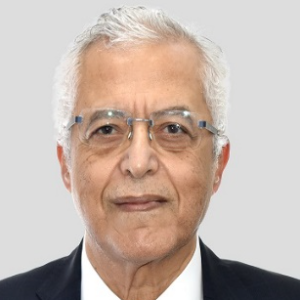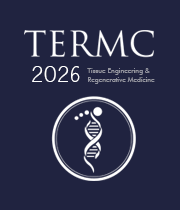Cell Seeding, Adhesion and Proliferation
Cell seeding is the process of spreading cells into a culture medium for cell culture. This refers to the application of an appropriate substance or, in some situations, the addition of a cell suspension onto a surface-treated culture vessel in the case of adherent cells. When adherent cells come into touch with the attachment factor on the surface of the culture vessel, they examine the molecules, begin to adhere, and spread out on the surface. For both adherent and suspended cells, the optimal seeding density range varies from cell to cell. As a result, it is frequently required to dilute the cell density of the cell suspension prior to seeding when the seeding density is specified.
Cell-cell adhesion is the mechanism by which cells contact with one another, based on chemical interactions on both cells' surfaces. It's an important aspect of multicellular structural maintenance and, as a result, a multicellular organism's basis. Cell adhesion molecules identify distinct ligands at cell junctions and control cell-cell adhesion. Cell adhesion molecules differ between eukaryotes, prokaryotes, and viruses. The formation of tissues, organs, and the body, as well as the display of high-order activities in living creatures, rely on cell adhesion.
The process through which a cell multiplies and develops to produce two daughter cells is known as cell proliferation. Cell proliferation causes an exponential rise in cell number, making it a fast-growing tissue mechanism. Cell proliferation necessitates simultaneous cell growth and cell division in order for the population's average cell size to remain constant. Cell division can occur without cell growth, resulting in many increasingly smaller cells (as in zygote cleavage), or cell growth can occur without cell division, resulting in a single bigger cell (as in zygote cleavage) (as in growth of neurons). Despite the fact that these phrases are commonly used interchangeably, cell proliferation is not the same as cell growth or cell division.

Nagy Habib
Imperial College London, United Kingdom
Lucie Bacakova
Institute of Physiology of the Czech Academy of Sciences, Czech Republic



Title : AI-integrated high-throughput tissue-chip for space-based biomanufacturing applications
Kunal Mitra, Florida Tech, United States
Title : Stem cell technologies to integrate biodesign related tissue engineering within the frame of cell based regenerative medicine: towards the preventive therapeutic and rehabilitative resources and benefits
Sergey Suchkov, N.D. Zelinskii Institute for Organic Chemistry of the Russian Academy of Sciences, Russian Federation
Title : In vitro evaluation of lyophilized Dedifferentiated Fat cells (DFAT) impregnated artificial dermis
Kazutaka Soejima, Nihon University, School of Medicine, Japan
Title :
Nagy Habib, Imperial College London, United Kingdom
Title :
Alexander Seifalian, Nanotechnology & Regenerative Medicine Commercialisation Centre, United Kingdom
Title : The regenerative medicine of the future
Marco Polettini, DVM, Italy